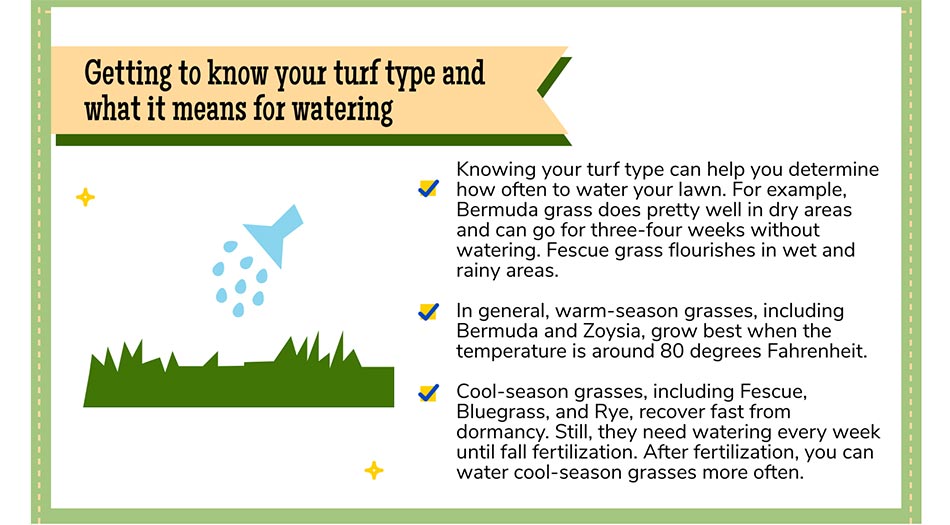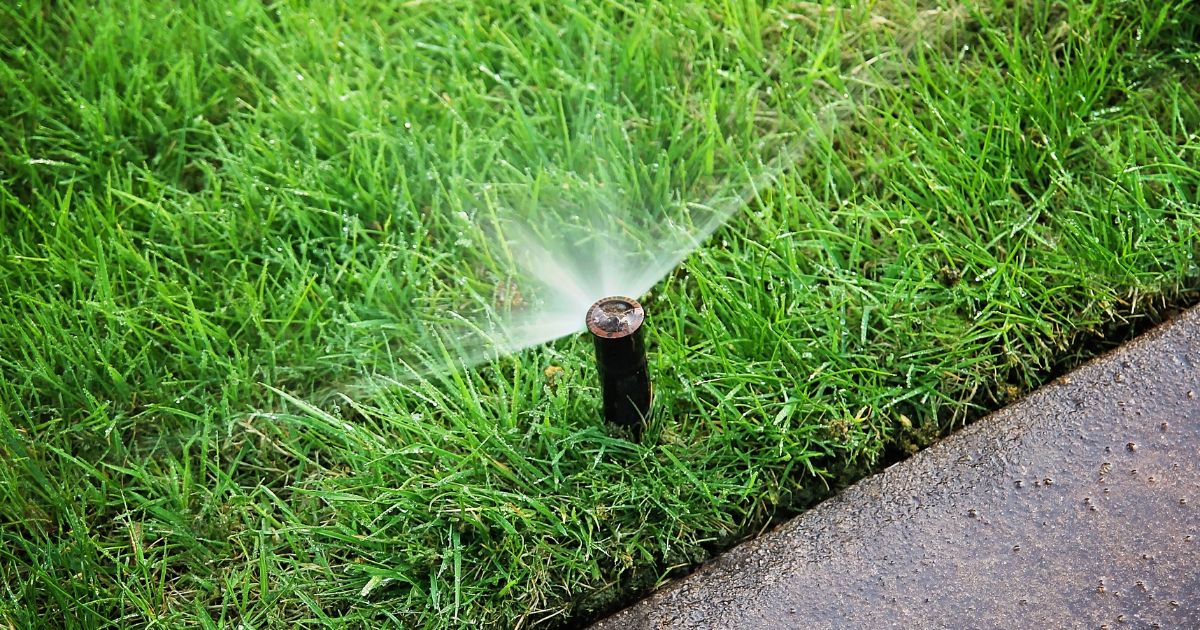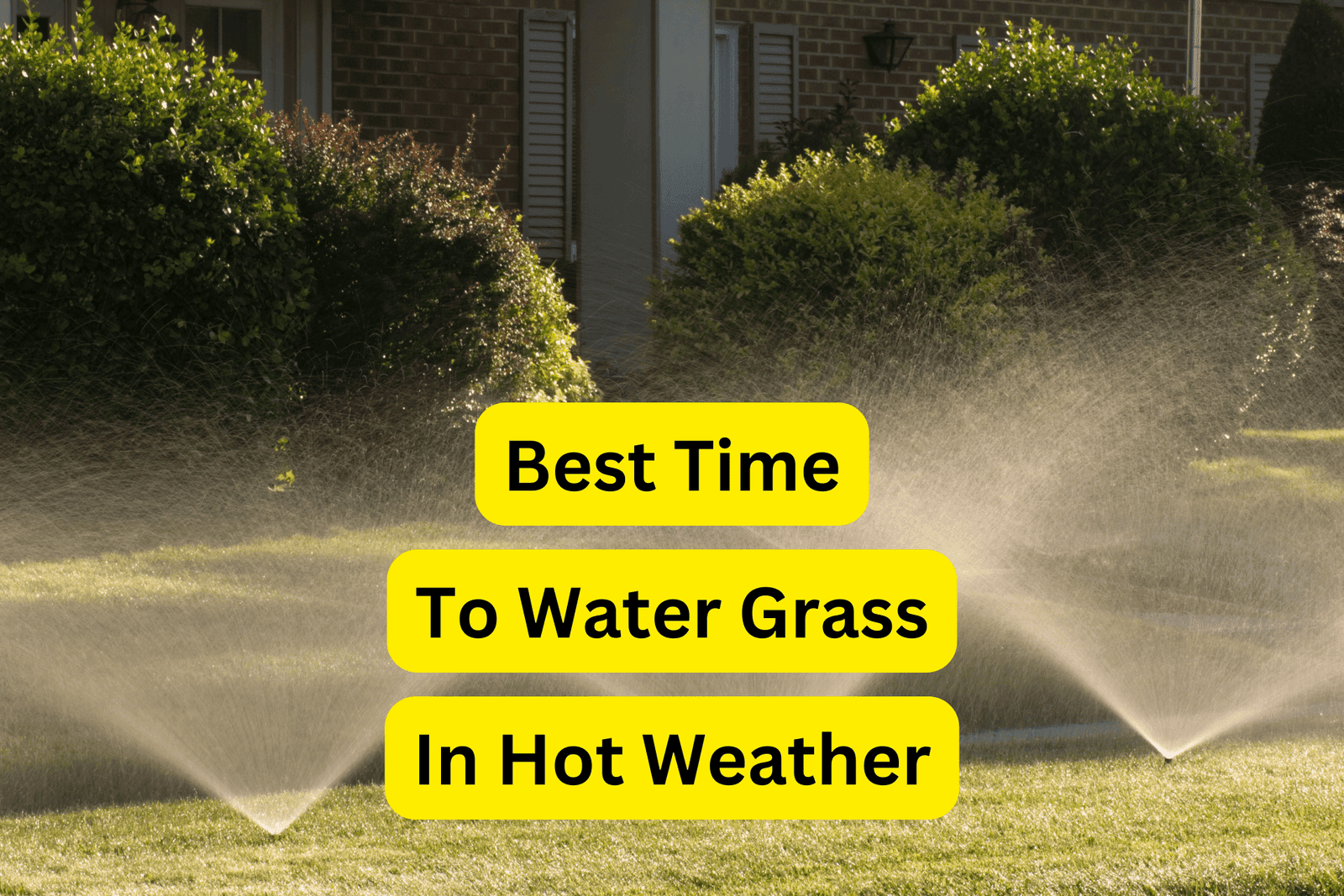Why Watering Your Lawn Matters Even in Cooler Seasons

A vibrant, green lawn is a point of pride for any homeowner. While summer’s heat and drought clearly challenge lawn watering, the cooler months demand just as much care—though with a different strategy. Many believe lawns need little water in fall and winter, but neglecting proper watering during these times can weaken your grass, stunt root development, and increase the risk of disease. Knowing the right timing and techniques for watering in cooler weather is crucial to keeping your turf healthy and strong all year long. This guide offers practical advice, timing tips, and watering strategies to help your lawn flourish through fall and winter.
Why Watering Still Counts When It’s Cooler

Even as grass growth slows down in cooler months, roots remain active, absorbing moisture and nutrients. Insufficient watering can cause:
- Roots that stay shallow and vulnerable to winter stress
- Patchy, brown, or thinning grass areas
- Greater chances of disease and pest problems
- Weaker growth and vitality come spring
On the flip side, overwatering can lead to root rot, fungal infections, and nutrient loss. Finding the right watering balance is key.
Factors Influencing Lawn Watering in Fall and Winter

Water needs during cooler months vary based on:
- Grass Type: Cool-season grasses like Kentucky bluegrass, fescue, and ryegrass stay active into fall and early winter, needing moderate watering. Warm-season grasses such as Bermuda, Zoysia, and St. Augustine enter dormancy and require minimal water.
- Climate and Rainfall: Areas with frequent autumn rains may need little extra watering, while dry regions or mild winters might call for regular irrigation to keep roots healthy.
- Soil Composition: Sandy soils drain quickly and need more frequent watering, whereas clay soils hold moisture longer and require less.
- Sunlight Exposure: Lawns shaded by trees or buildings retain moisture longer than those in full sun, so adjust watering accordingly.
Step 1: Determine the Proper Watering Schedule
Grass demands less water in cooler months due to reduced evapotranspiration.
- Cool-season grasses: Water every 1 to 2 weeks if rainfall is insufficient.
- Warm-season grasses: Water every 2 to 3 weeks or only when the soil feels dry.
Key Tip: Focus on soil moisture rather than rigid schedules. Use a soil probe or screwdriver to check moisture 3 to 4 inches below the surface. If it’s dry, it’s time to water.
Step 2: Prioritize Deep, Infrequent Watering
Frequent shallow watering encourages weak, surface-level roots, making grass more susceptible to cold and drought damage. Instead:
- Apply ½ to 1 inch of water per session, soaking the soil 6 to 8 inches deep.
- Water slowly to ensure absorption and prevent runoff.
Deep Watering Benefits
Encouraging roots to extend deeper into the soil boosts your lawn’s ability to survive winter and thrive come spring.
Pro Tip: For well-established cool-season grasses, watering deeply every 1 to 2 weeks usually suffices. Tailor this schedule based on local rainfall and temperature changes.
Step 3: Optimal Timing for Watering
Choosing the right time to water reduces disease risks and improves water absorption. Early morning is the best window, as grass blades dry quickly, limiting fungal growth. Avoid watering late in the afternoon or evening since moisture lingering overnight can foster diseases like snow mold and brown patch. On sunny mornings, watering allows the soil to soak up moisture efficiently.
Step 4: Modify Watering According to Temperature and Frost
Temperature swings greatly affect watering needs during cooler seasons:
- Above 40°F (4–5°C): Grass remains active; water based on soil moisture levels.
- Below 40°F: Growth slows, and roots take up less water, so reduce watering frequency to prevent soggy soil.
- Frosty Conditions: Never water frozen turf, as ice formation can harm both blades and roots.
Extra Tip: In areas prone to frost or snow, adjust your irrigation weekly and use a rain gauge to track natural precipitation.
Step 5: Promote Healthy Soil and Grass
Watering is just one part of winter lawn care. Enhancing soil health supports better moisture retention and root development:
- Aeration: Fall aeration alleviates soil compaction, helping water reach deeper roots.
- Fertilization: Applying a fall fertilizer strengthens roots and boosts nutrient uptake.
- Leaf Mulching: Instead of removing leaves entirely, mulch them to conserve soil moisture and add organic matter.
- Mowing: Maintain grass height between 2.5 and 3 inches to protect roots and sustain photosynthesis.
Pro Tip: Combining proper watering with aeration, fertilization, and mowing enhances lawn durability and reduces irrigation needs.
Common Pitfalls to Avoid
- Overwatering: Excess moisture can cause root rot, fungal infections, and nutrient loss.
- Underwatering: Neglecting soil moisture stresses roots, leading to brown patches and weak spring growth.
- Incorrect Timing: Watering in the evening or at night increases disease risk.
- Ignoring Soil Health: Compacted soil blocks water penetration, limiting effectiveness.
- Assuming Dormant Grass Needs No Water: Even dormant lawns benefit from occasional deep watering to maintain root vitality.
Tailored Advice for Different Lawn Types
- Cool-Season Lawns: Maintain moderate watering until the first hard frost, then reduce frequency but continue deep watering occasionally.
- Warm-Season Lawns: Dormant grass requires minimal water; irrigate only during extended dry periods to prevent root drying.
- Newly Seeded Lawns: Keep soil consistently moist until seedlings are well established, even in cooler weather.
Advantages of Effective Winter Watering
Properly watering your lawn during the colder months offers several key benefits:
- Robust Root Development: Encouraging deep root growth helps your grass withstand harsh cold, drought conditions, and the stresses of early spring.
- Lower Incidence of Winter Diseases: Timely and less frequent watering reduces the chances of fungal infections.
- Vibrant Spring Growth: After winter dormancy, your lawn will bounce back thicker, greener, and healthier.
- Minimized Stress and Repair Expenses: Strong roots and well-maintained soil prevent unsightly brown patches and cut down on costly winter lawn restoration.
Integrating Best Practices
To keep your lawn thriving through the cooler seasons, consider these essential watering strategies:
- Focus on soil moisture levels instead of sticking to a rigid watering schedule.
- Water deeply but sparingly to promote strong root systems.
- Choose early morning hours for watering to lower disease risks.
- Modify watering routines based on temperature changes, frost presence, and rainfall.
- Complement watering with proper fertilization, aeration, and mowing techniques.
By applying these combined methods, your lawn will stay resilient, lush, and green throughout fall and winter, reducing brown spots and setting the stage for vigorous growth come spring.
Final Thoughts
Winter watering isn’t just about turning on the sprinkler; it demands knowledge of your grass type, soil conditions, and weather patterns. Deep watering at optimal times, monitoring soil moisture, and supporting overall lawn care help maintain strong roots and prevent winter damage. This small seasonal effort pays off with a vibrant, healthy lawn year-round, saving you money and effort while enhancing your lawn’s color and durability. Following these guidelines ensures your lawn remains beautiful and robust through the colder months and beyond.
Importance of Watering in Cooler Months
- Grass roots remain active despite slower growth
- Inadequate watering leads to shallow roots, brown patches, disease vulnerability, and poor spring growth
- Overwatering risks root rot, fungal disease, and nutrient loss
Factors Influencing Watering Needs
- Grass type: cool-season grasses need moderate watering; warm-season grasses need minimal
- Climate and rainfall: wetter regions need less watering; dry or warm winters need more
- Soil type: sandy soils require more frequent watering; clay soils less
- Sunlight exposure: shaded lawns retain moisture longer than sunny ones
Step 1: Watering Frequency
- Cool-season grasses: water every 1–2 weeks without rain
- Warm-season grasses: water every 2–3 weeks or when soil is dry
- Check soil moisture 3–4 inches deep before watering
Step 2: Water Deeply, Not Frequently
- Apply ½ to 1 inch of water per session to soak soil 6–8 inches deep
- Water slowly to prevent runoff
- Deep watering promotes strong root growth and winter survival
Step 3: Best Time to Water
- Water in the early morning to reduce disease risk
- Avoid late afternoon or evening watering to prevent fungal growth
Step 4: Adjust for Temperature and Frost
- Above 40°F: water as needed based on moisture
- Below 40°F: reduce watering frequency
- Avoid watering frozen lawns to prevent ice damage
Step 5: Support Soil and Grass Health
- Aerate in fall to reduce compaction
- Fertilize in fall to strengthen roots
- Mulch leaves to retain moisture and add organic matter
- Mow grass slightly higher (2.5–3 inches) for protection
Common Mistakes to Avoid
- Overwatering causing root rot and disease
- Underwatering leading to stress and brown patches
- Watering at night increasing disease risk
- Ignoring soil compaction
- Assuming dormant grass needs no water
Special Considerations
- Cool-season lawns: moderate watering until hard frost, then reduce but continue deep watering
- Warm-season lawns: minimal watering during dormancy, irrigate only in dry spells
- Newly seeded lawns: keep soil moist until established
Benefits of Proper Winter Watering
- Stronger roots improve cold and drought resilience
- Fewer winter diseases
- Enhanced spring growth and vigor
- Reduced stress and repair costs
Summary
- Monitor soil moisture, not just schedules
- Water deeply and infrequently
- Water early morning
- Adjust watering for temperature, frost, and rainfall
- Support lawn health with aeration, fertilization, and mowing
Conclusion
- Proper winter watering requires understanding grass types, soil, and weather
- Deep, timely watering and soil care maintain strong roots and prevent damage
- Investing time in winter watering saves money and effort in spring
- Following these tips keeps lawns green, healthy, and resilient year-round
